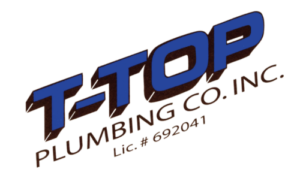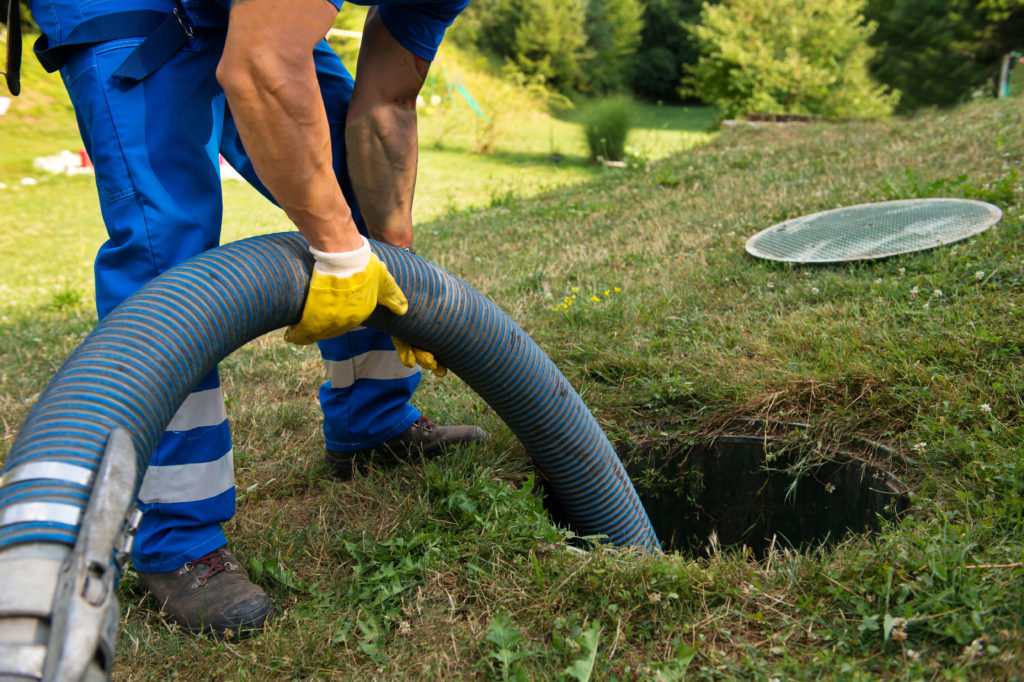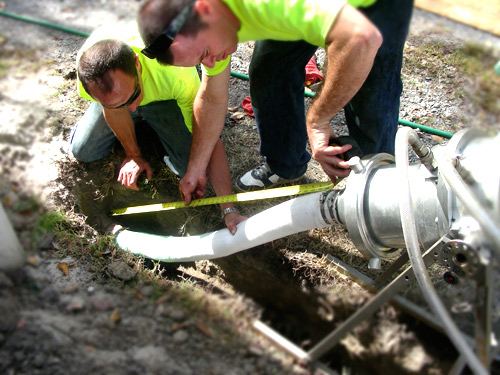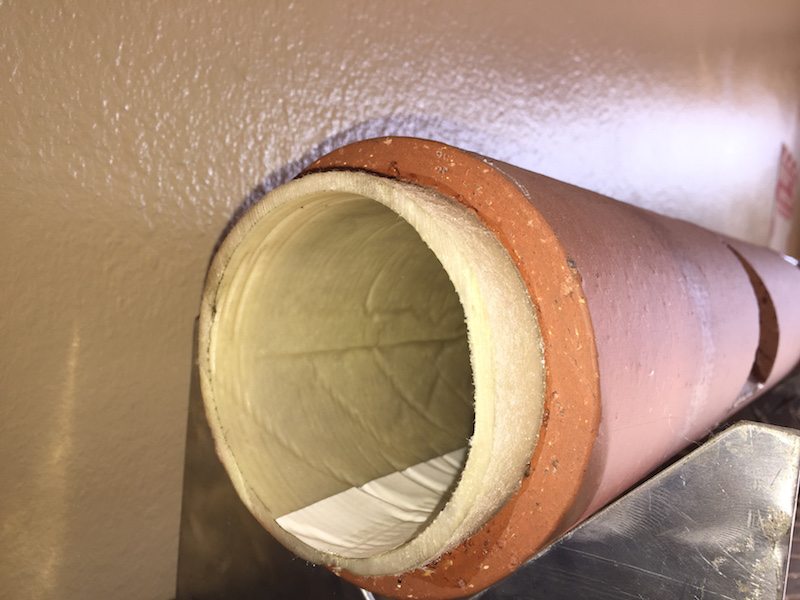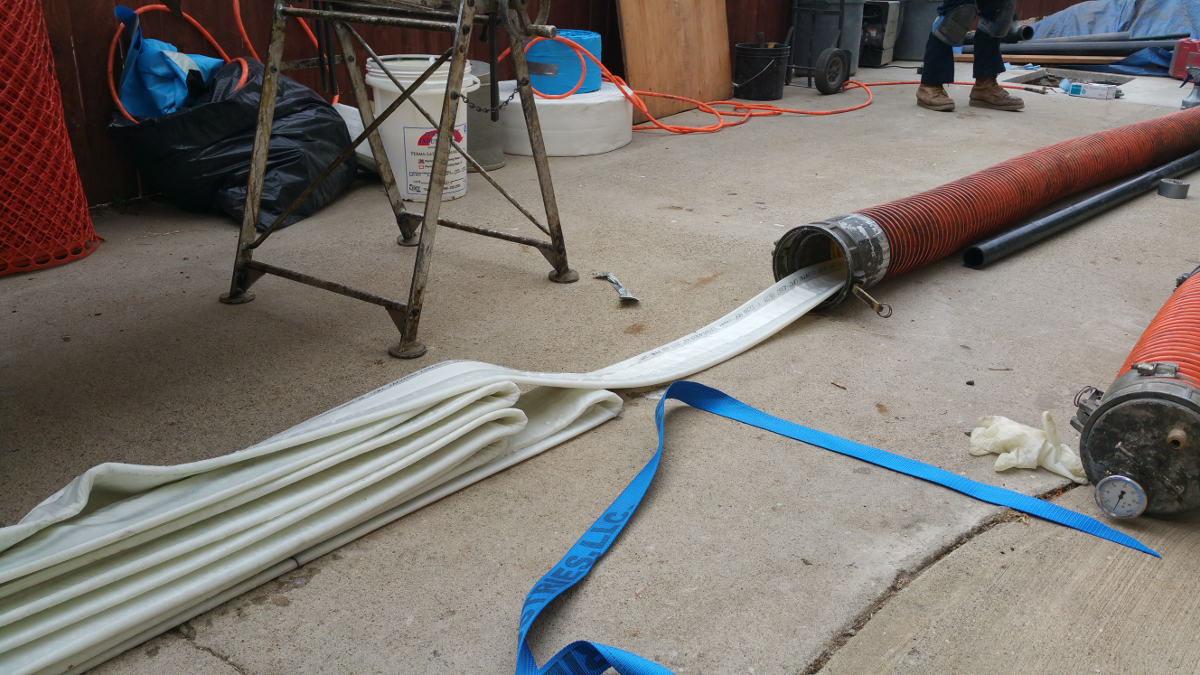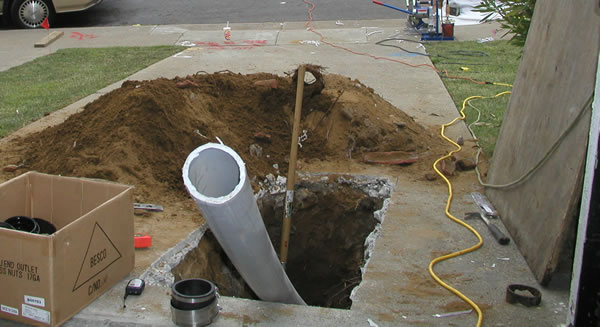Everyone is recommending trenchless pipe repair or replacement these days but is it really the best resolution to every type of sewer or water line repair or replacement?
Trenchless technology has become the preferred way to handle sewer or water line repairs and replacements. But are there times when the standard method of excavation remains the best option? For instance, when a pipe isn’t buried all that deep in the ground and is fairly accessible? The short answer is trenchless pipe repair and replacement is generally your best choice. Here are a few reasons why.
Trenchless Pipe Repair or Replacement Means No Digging/No Mess
Excavation is an eye-sore. The digging tears up your yard and often requires a professional landscaper to repair at an added cost. It takes quite a bit of time and money to reclaim your landscaping and bring back home’s curb appeal.
Trenchless Pipe Repair or Replacement Means Greater Time-Efficiency
Trenchless pipe lining can take an expert plumber just a few hours. It takes much longer to reach a pipe by digging. Large equipment gets moved on to your property and brute force is the method of attack with excavation. Trenchless technology has given us a much finer and more precise technique that goes straight to the problem.
Trenchless Pipe Repair or Replacement is More Cost Efficient
Since a trenchless operation takes less time, the cost of labor decreases since fewer hours are needed.
Also, remember the no-dig/no mess benefit of trenchless we talked about earlier? This means there’s no need to budget for that professional landscaper needed after an excavation leaves your yard looking like a bomb detonated in it.
It should also be noted that since the trenchless process is completed in a much timelier manner -typically within a few hours to 1 day – there’s no need to relocate to a hotel like there is when excavation takes days and days. That’s an often-overlooked cost of excavating.
Once you’ve factored all of these in, it’s estimated that as much as 75% overall can be saved if you choose trenchless pipe repair or replacement over excavating.
Trenchless Pipe Repair or Replacement is More Versatile
Older sewer systems are made of materials like clay, cast iron, concrete, or orangeburg. Trenchless technology works for all kinds of pipes.
Trenchless Pipe Repair or Replacement is More Eco-Friendly
Digging out older metal or PVC sewage pipes means that piping has to be scrapped once it’s been replaced. The aforementioned versatility of trenchless technology is because an epoxy-resin liner is cured to the existing and damaged piping. There’s no piping being torn out and completely replaced. A sturdier material is cured to the faulty compromised piping; making trenchless technologies a much greener solution to pipe repair or pipe replacement.
It should also be noted that digging up dirt can permeate the air we breathe or our drinking water supply with harmful toxins.
Trenchless Sewer Repair or Replacement is a Higher-Quality Longer-Lasting Fix
Trenchless technology means state-of-the-art equipment and materials. Holes can be patched using cured-in-place piping. Slip-lining and pipe bursting can be utilized to replace an entire sewer line or water line without having to tear up your yard.
The pipe system you’re left with is incredibly durable and resistant to corrosion, rust, cracks and leaks, or being busted up by tree roots.
As you can see, trenchless technology is simply a much better technique than excavating and will always be recommended over excavating. Manually digging trenches to replace piping is really only necessary if the sewer line is corroded and irreversibly damaged to the point that it can’t be rehabilitated with the trenchless method. However, this is incredibly rare.
Need Trenchless Pipe Repair or Replacement in the Reseda Area?
Call 805-527-8867 if you’d like to schedule trenchless piping services with T-Top Plumbing. We’ll get the work done quickly, cost-efficiently, and accurately. We combine the right expertise, tools, and approach to your project – whether you own a single-family home, small business, large office building, or an industrial or military facility.
